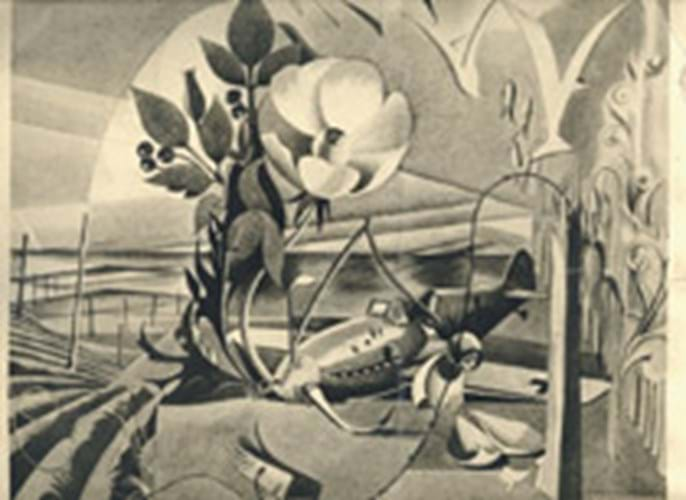
Now the son of the artist is attempting to track it down as part of a project to mount a retrospective exhibition.
Hailed in his early years as a major talent - and exhibited alongside the likes of Ben Nicholson and the Nash brothers in the late 1920s - the watercolourist Robert Scott Irvine (1907-1988) is no longer among the big names of 20th century Scottish Art. He does, however, receive a mention in Jack Firth's Scottish Watercolour Painting.
Born in Edinburgh of working class parents, he gained a scholarship to Edinburgh College of Art at the precocious age of 16 and at 28 was the youngest member ever elected to the RSW. But his work has enjoyed little in the way of recent critical or commercial acclaim.
Living very much in the shadow of Paul and John Nash, Edward Bawden and Eric Ravilious (to whom he is inevitably compared), his work does not appear to come up often at auction. ATG could only find a single watercolour sold at £300.
Robert Scott Irvine's son Henry hopes to change all that and is piecing together a catalogue of his work with a view to an exhibition and a documentary. He is particularly interested to learn the whereabouts of the Vorticist watercolour Deadly Nightshade, illustrated below. The subject of a crashed Messerschmitt is thought to have been inspired by the downing of a German plane near Humbie after an attempted raid on the Forth Bridge in 1939.
Robert Scott Irvine, who was universally known as Otto, hoped the work would see him become a war artist, although he was not chosen among the six artists officially employed by the War Ministry and instead served as a liaison officer in the Eighth Army.
Henry Scott Irvine can be contacted via the website www.rsi-rsw.com.
By Roland Arkell




